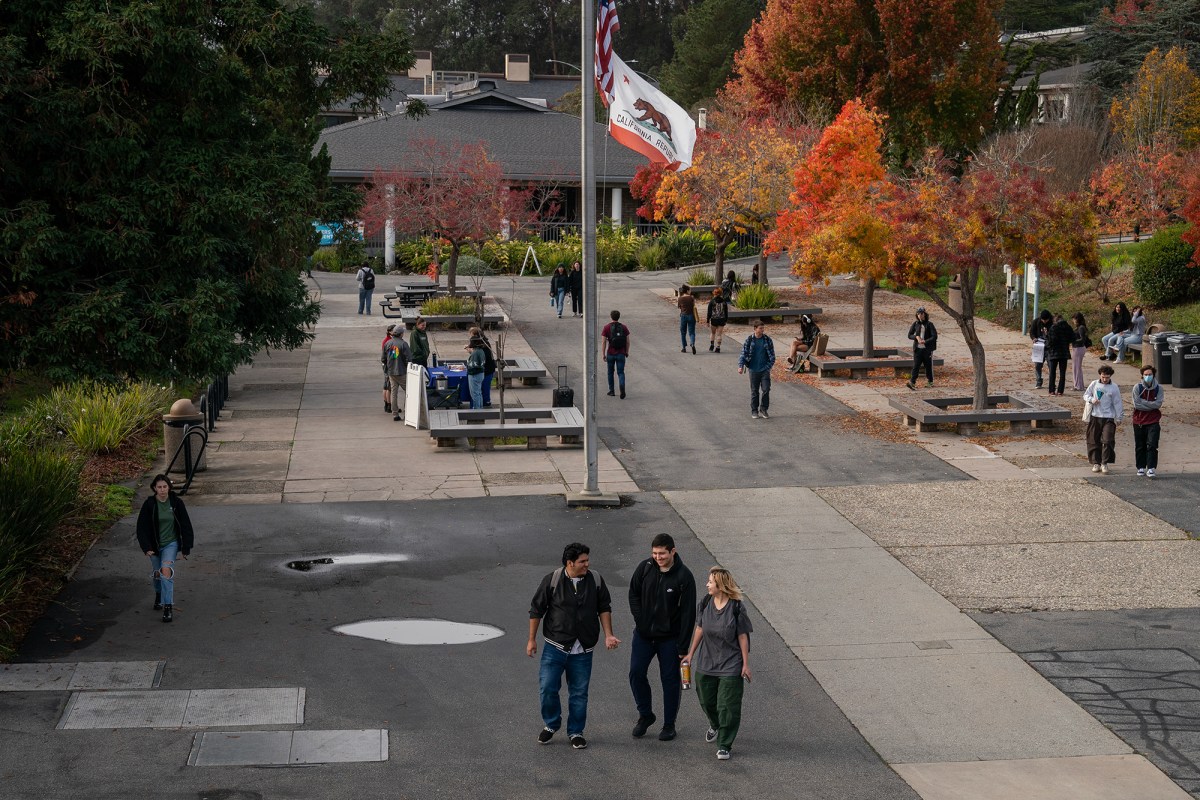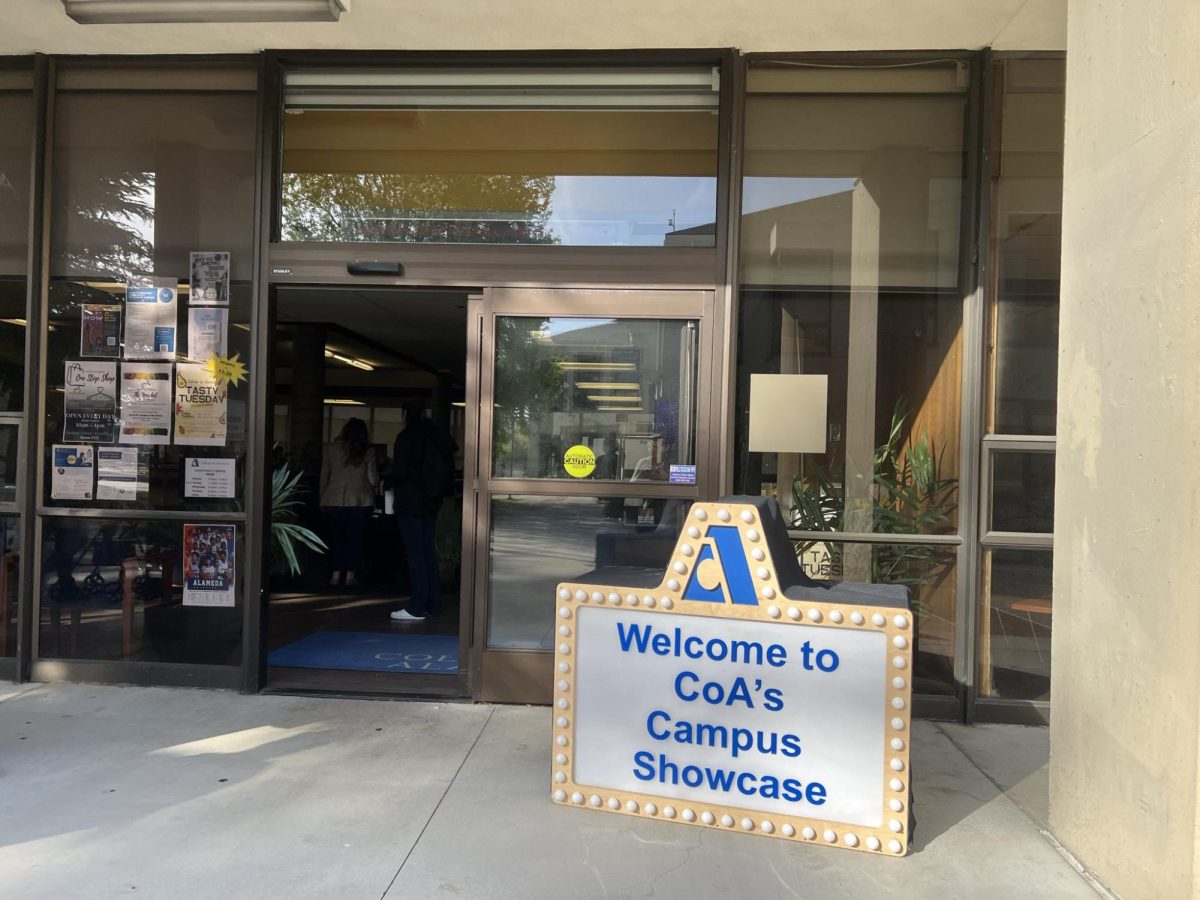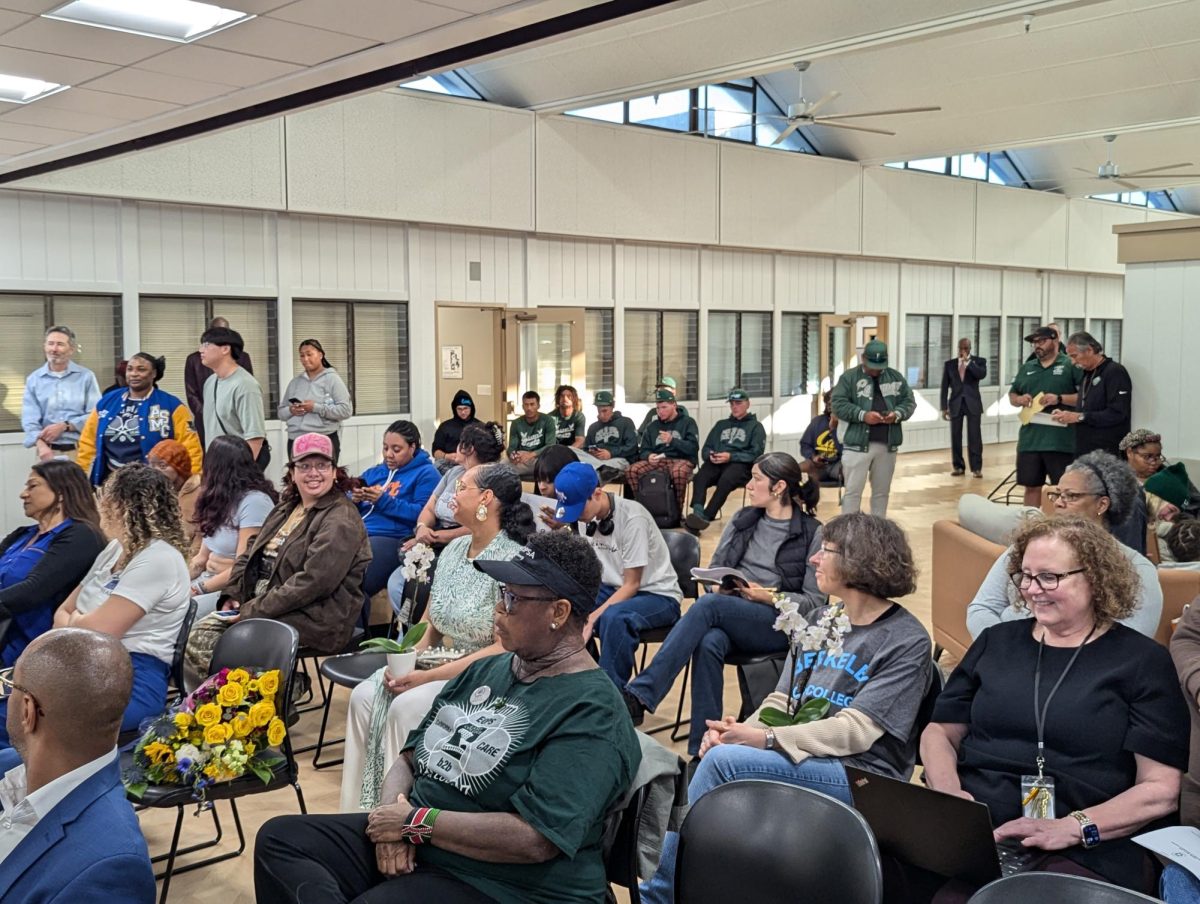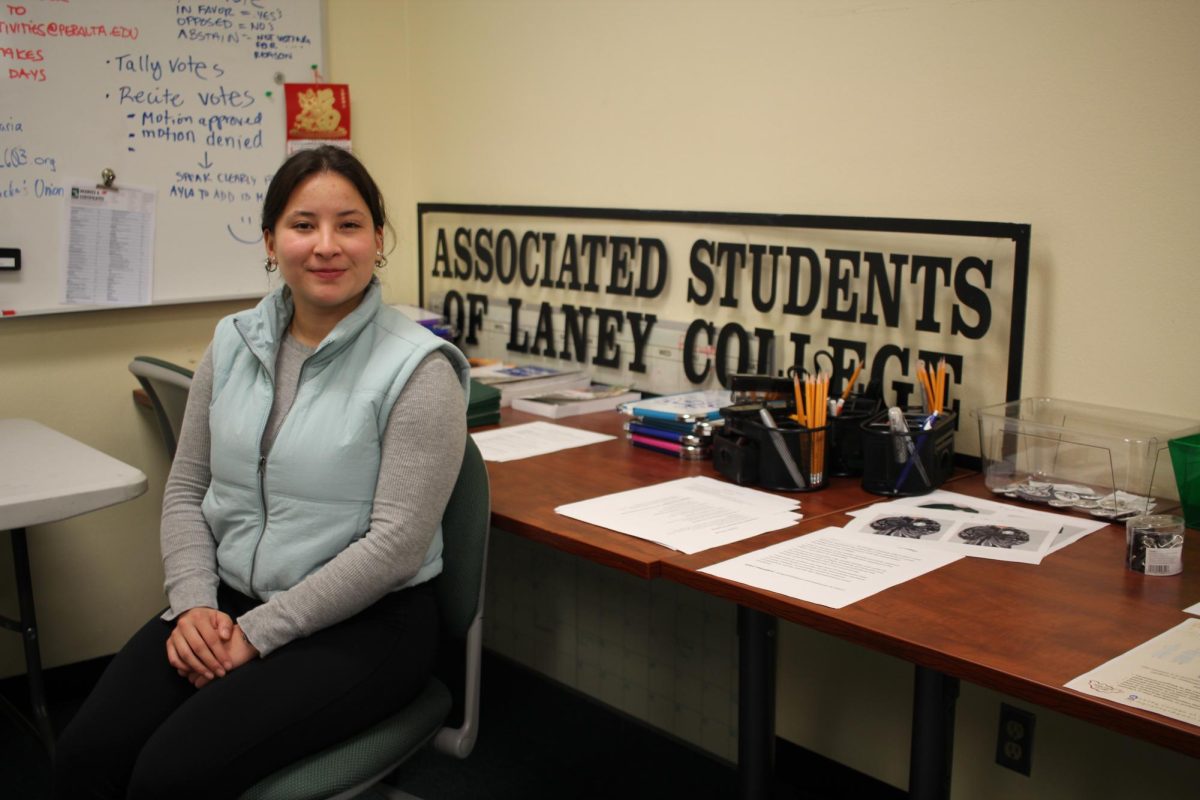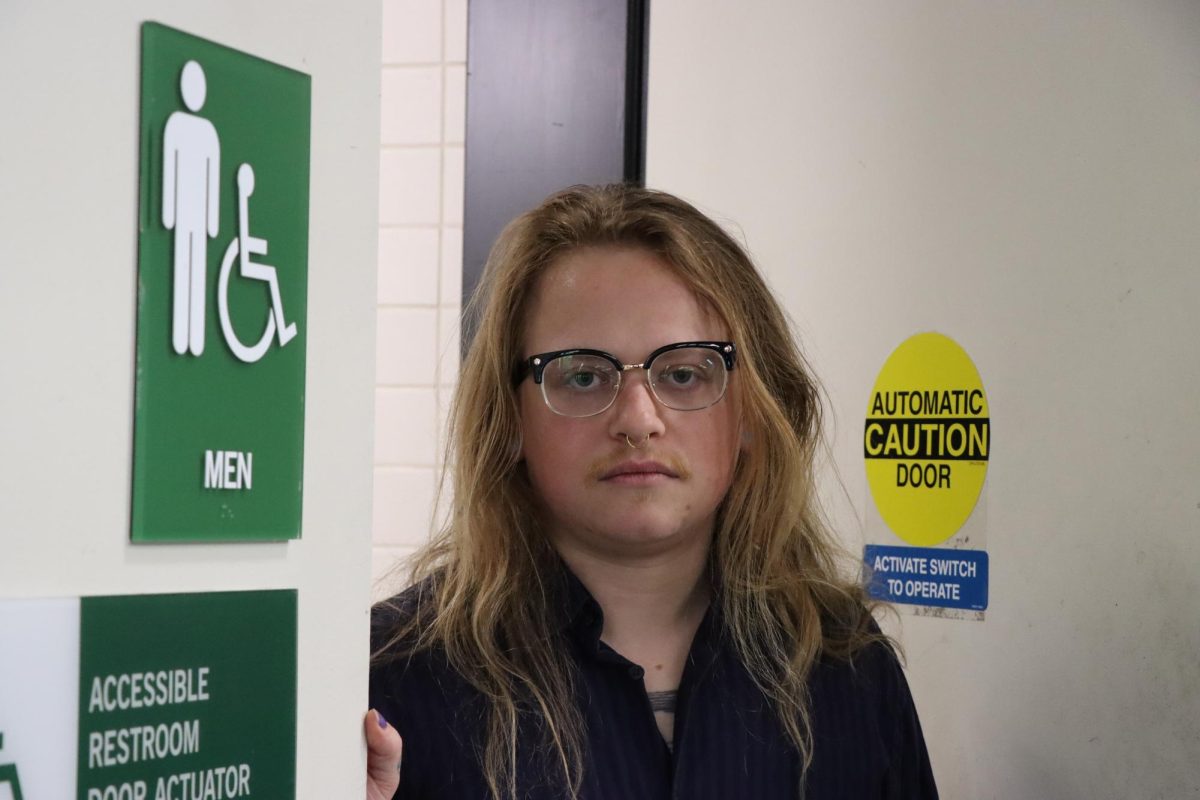The solution, not the problem
Laney College is experiencing a budget crisis. The Governor’s latest budget proposal projects $5 million less revenue for the district, which will significantly impact our ability to provide services to our students.
The state and district place the primary blame for this budget crisis on decreasing student enrollment. This is partially true, given that the state’s current funding apportionment ratio funds the college according to the number of Full-time equivalent students (FETS), but the state’s funding model shares some blame, too.
By mandating that Laney’s standard class size be 35 students, in contrast to the smaller classes at colleges our students are preparing to transfer to, this model has led to a policy in which classrooms are considered more “productive,” and are rewarded, the more overcrowded they are.
One direct result of the over-crowded classrooms is an increased student dropout rate. A higher percentage of students drop out or fail an overcrowded class than a smaller class. This internal contradiction has created what Bonnie Oviatt calls a “self-perpetuating spiral that can tear a community college apart” in her article in the May 5 issue of the Tower.
We need to find a way to break the cycle.
BEYOND OUTREACH
Outreach, and strengthening connections with K-12 schools to help provide alternatives to the school-to-prison pipeline, is indeed crucial and could help contribute to decreased drop-out rates for K-12 schools as well as increased enrollment for Laney, and hopefully these outreach efforts can continue beyond the short-term contract.
Yet more can be done. As Laney Professor Alicia Cabellero-Christiansen puts it, “you can get people in the doors, but if they don’t show up the next fall what good did it do?”
CREATIVE SOLUTIONS
Since I began teaching at Laney in 2008, we have had very high attrition rates, especially among African American students, which studies have confirmed.
Overcrowded classrooms, along with underfunded support services, contribute to high drop out rates, and a lack of equity. Many of our students need much more one-on-one attention to help them compensate for the disadvantages their underfunded K-12 schools left them at.
Recognizing this, many professors put in longer hours to meet one-on-one outside of classroom hours, but many students simply cannot make themselves available to meet with teachers outside of class time. Teachers who recognize the students’ need for more one-on-one time are virtually forced to take class time away from group work, which can negatively impact the class’ ability to fulfill the requirement of the course’s SLO.
Yet there’s a way that teachers could provide more one-on-one time without sacrificing necessary group work Clearly, students would be better served if such classes were capped at 25 students, as they often are at the more expensive private schools, and not cancelled if they only have 15 students.
It may seem counterintuitive to take seriously a demand for less crowded classrooms even during good times, let alone during a budget crisis.
Yet the Enrollment Management Task Force should consider a 3–5 year plan that would 1) recalibrate the existing state funding ratio to immediately reduce class sizes and, if need be, open more course sections to serve unmet student/consumer needs; 2) allocate at least as many resources to the retention of existing students as on the recruitment of new students; 3) guarantee no student tuition increases during this restructuring period.
Doing so will not only increase student equity and success, but will help increase enrollment and, in the long term, be more fiscally responsible than the current economic model based on a short-term bottom line that defines overcrowded high-attrition classrooms as “productive.”
We need more creative thinking; our students have some innovative ideas that must be put on the table about what a “productive” class and a “productive” school is. The administration needs to recognize and honor these ideas, which could enhance Laney’s reputation as a world-class community college, and get us out of this budget crisis and onto firmer footing than we were on before.

